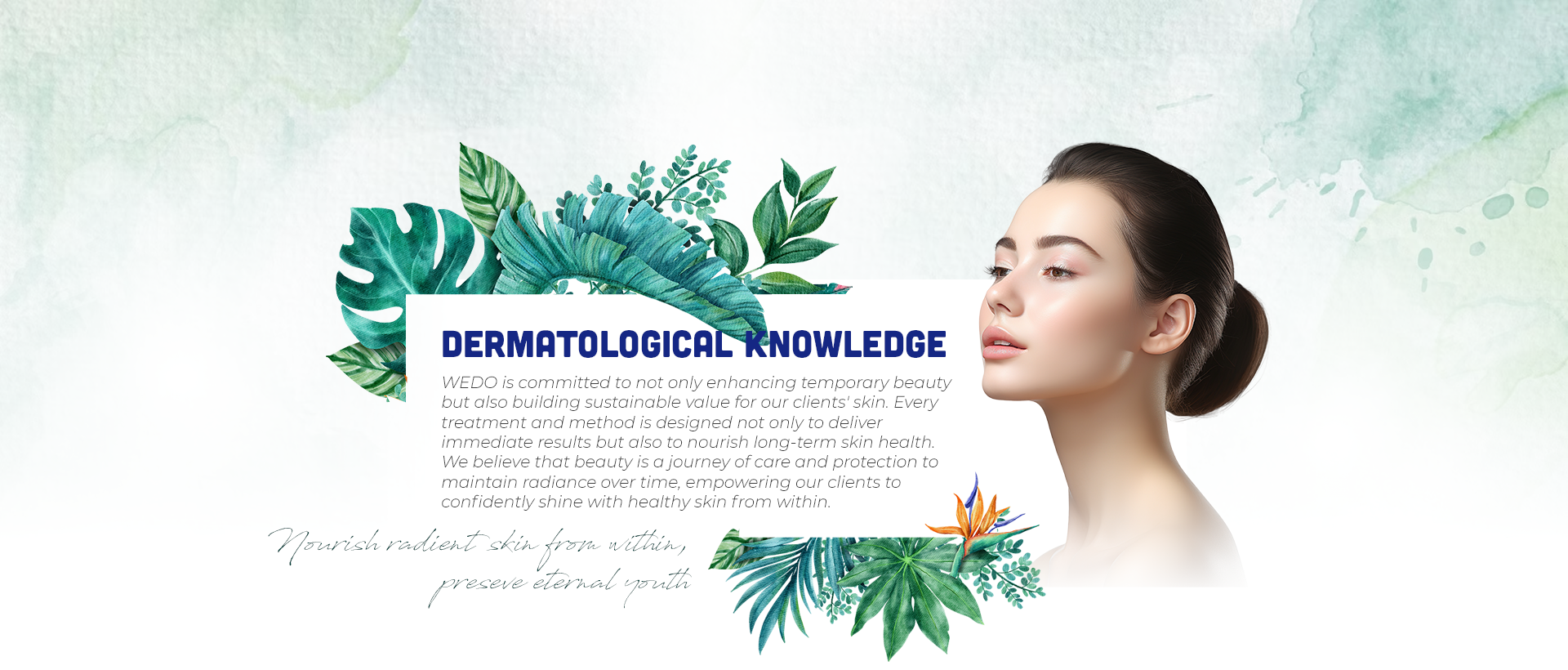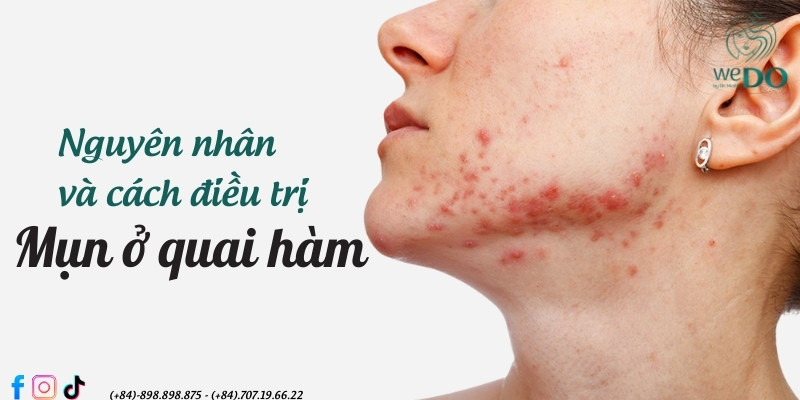The higher the SPF, the better?
Jawline acne comes in various types and severity levels, depending on the skin condition. It is estimated that over 50% of women aged 20-29 experience this issue. So, what causes hormonal acne on the jawline? How can it be treated? Are there preventive measures? All will be answered in the following article. What Are the
Cách chăm sóc da sau khi mới nặn mụn đóng một vai trò rất lớn đến việc hồi phục sự mịn màng của làn da về sau. Bởi vì nếu da được chăm sóc cẩn thận thì sẽ tránh tối đa nguy cơ hình thành vết thâm và sẹo trên làn da. Vậy nặn mụn
SPF Indicator:
SPF stands for Sun Protection Factor. It is a measure of how well a sunscreen can protect your skin from UVB rays. The SPF scale ranges from 15 to 100. But what does this mean?
According to scientific research, 1 point of SPF provides protection for 10-15 minutes. The duration varies depending on your skin’s health—whether your skin is stronger or more sensitive.
The misconception that higher SPF offers better protection is WRONG!
Below are the UVB protection levels for different SPF values, as researched by experts:
- SPF 15: Provides up to 93% protection against UVB rays.
- SPF 30: Provides up to 97% protection.
- SPF 50: Provides up to 98% protection.
- SPF 70: Provides up to 98.6% protection.
- SPF 100: Provides up to 99% protection.
As you can see, SPF 100 only offers about 1% more protection than SPF 50, despite having double the SPF value. Moreover, high-SPF products can clog pores, causing acne and other skin problems.
Research suggests choosing sunscreens with a maximum SPF of 50. Products with SPF values higher than 50 can harm your skin, which is why the FDA no longer allows them on the market. If you’re a student or work indoors with a 4-hour shift, SPF 30 is ideal. You can reapply sunscreen after about 4 hours. If you’re spending more time outdoors, such as going to the beach or hiking, you should choose SPF 50.
For damaged or sensitive skin, use sunscreens with SPF 15 to 30 to reduce the risk of skin irritation.
What is PA?
PA stands for Protection Grade of UVA, indicating the level of protection the sunscreen provides against UVA rays. Unlike SPF, PA is measured with a + symbol.
There are four levels of PA:
- PA+: Provides approximately 40% – 50% protection against UVA rays, lasting under 4 hours.
- PA++: Provides approximately 50% – 70% protection, lasting 4-6 hours.
- PA+++: Provides approximately 90% protection, lasting 8-12 hours.
- PA++++: Provides approximately 95% protection, lasting up to 16 hours.
What PA level should you choose?
Depending on your skin type and needs, you should choose sunscreens with the appropriate PA level. I’ve already covered the SPF values suitable for different skin types, and for PA, you should choose products with PA++ or higher. For optimal protection, PA++++ is the most effective. Personally, I tend to choose sunscreens with PA+++ or PA++++ and rarely use products with PA+.
Important notes on PA levels in sunscreen packaging:
Sometimes, you may come across products that don’t display both SPF and PA indicators. However, don’t assume these sunscreens lack protection. Instead, check if the product mentions “Broad-Spectrum”. This term indicates broad-spectrum protection, which replaces the PA indicator and shows the product’s ability to protect against UVA rays. This is common in sunscreens from the U.S. or the U.K.
In addition to applying sunscreen, remember to protect yourself from the sun with full coverage clothing (like “ninja” outfits), and supplement your diet with antioxidants. Antioxidants help boost your skin’s internal resistance to UV rays from the sun, such as green tea, tomatoes, pomegranate, spinach, broccoli, aloe vera, and more.


 VIE
VIE

